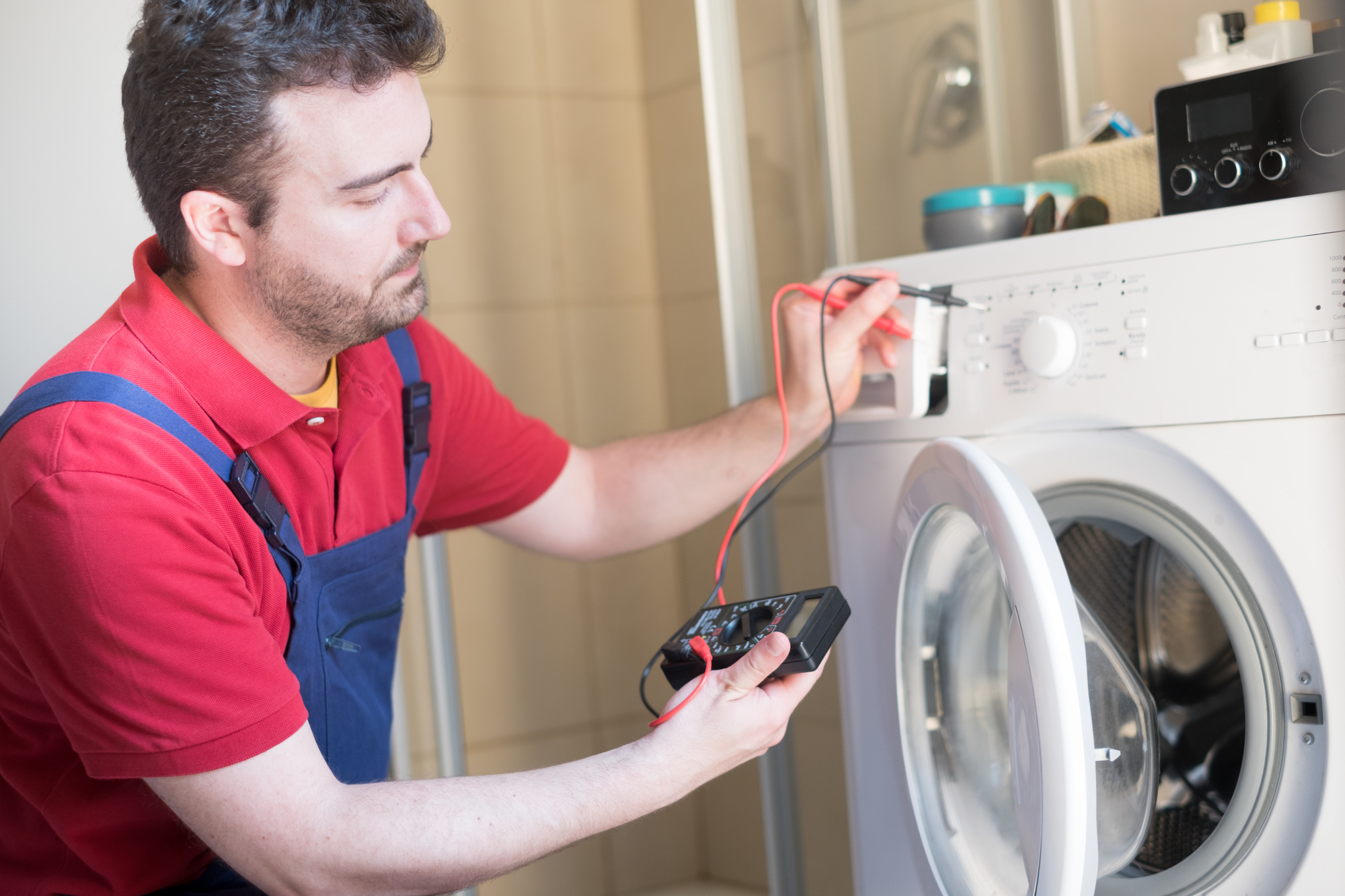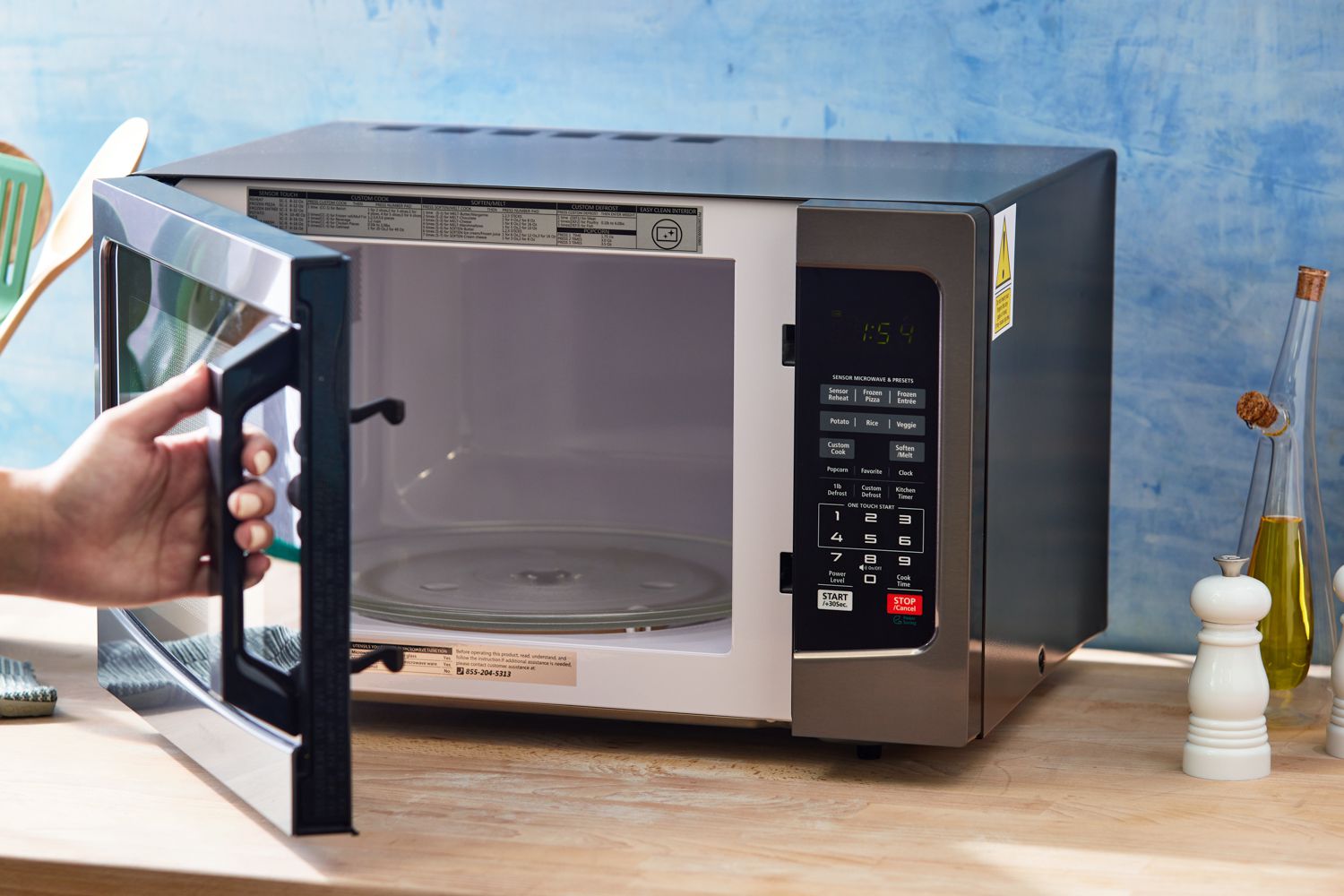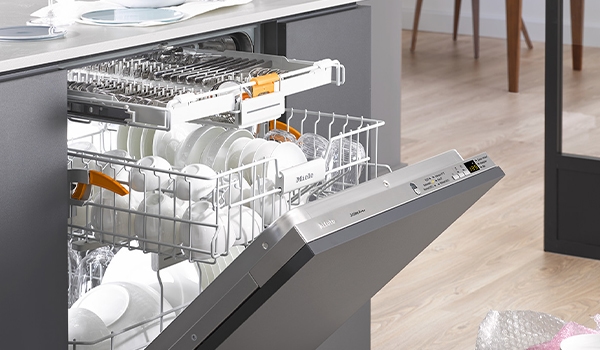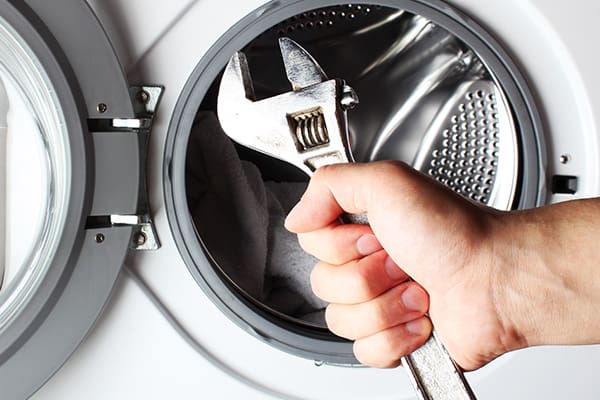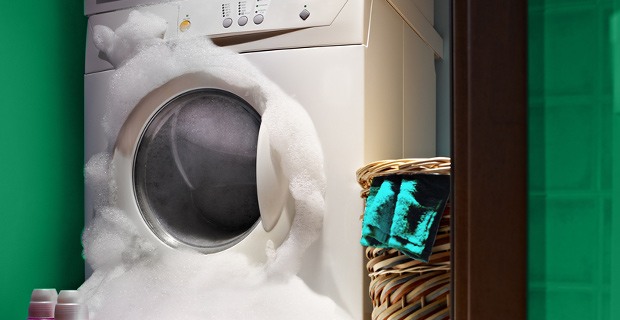Troubleshooting and Preventing Washer Drainage and Spinning Issues
Many of us have experienced the frustration of a washing machine that refuses to drain or spin properly. It's a common household issue that can disrupt our daily routines. In this comprehensive guide, we will delve into the reasons behind this problem, explore troubleshooting steps for both top-load and front-load washers, and emphasize the importance of timely appliance repair. By the end of this article, you'll be equipped with the knowledge to diagnose and potentially resolve washer issues, ensuring your appliance runs smoothly.
Understanding the Problem
When your washing machine fails to drain or spin correctly, several factors could be at play. Let's explore the seven most common reasons behind these issues:
Unbalanced Laundry Load: One of the frequent culprits for drainage and spinning problems is an unbalanced load. If your washer detects an imbalance, it may stop spinning to prevent damage. To resolve this, redistribute the load evenly within the drum.
The Front Panel Is Not Closed: A simple yet crucial issue can be the front panel not being fully closed. In such cases, the washer won't spin or drain as it should. Ensure all clips are securely fastened to maintain a tight fit.
Washer Drain Hose Issues: Damaged or improperly connected drain hoses can hinder the washer's ability to spin or drain. Check all hoses for damage and ensure they are securely fastened with clamps.
Clogged Drain and Drain Pipe: Lint, dirt, and debris can accumulate in the pipes leading from the washer, causing drain system blockages. This disruption is a primary reason for improper drainage and spinning. Regularly inspect and clean the drain system.
Faulty Drive Motor: A malfunctioning drive motor can be attributed to issues like a broken drive belt, faulty extension cord, or other motor components needing repair or replacement. If the motor doesn't perform as expected, it affects the washer's ability to spin and drain.
Damaged Pump: The pump is a critical component, and damage to its parts, such as the impeller, can lead to malfunction. Thoroughly inspect the pump for any damage that may hinder its proper functioning.
Defective Lid Switch or Door Lock: Lid switches and door locks play a role in ensuring the washer operates safely. If the lid switch is malfunctioning or the door lock is broken, it may not detect that the lid or door is closed, resulting in drainage and spinning issues.
Troubleshooting Tips for Top Load Washers
For those with top-load washers, here are some steps to troubleshoot and potentially resolve the problems:
Check the Lid Switch: Ensure that the lid is properly closed, engaging the lid switch.
Examine the Drain Hose: Inspect the drain hose for secure connections, ensuring there are no kinks or clogs obstructing water flow.
Clean the Drain Pump Filter: Remove and clean the drain pump filter to prevent blockages and check for foreign objects that may obstruct the spinning mechanism.
Inspect the Pulley Belt: Remove the pulley belt to inspect for damage or debris that might impede its operation.
Water Level Check: Ensure there's an adequate water level in the washer drum before starting a cycle.
Troubleshooting Tips for Front Load Washers
Front-load washer users can follow these troubleshooting steps:
Check the Door: Verify that the door is securely closed, allowing the washer to operate as intended.
Inspect the Drain Hose: Examine the drain hose for kinks or clogs that may impede proper drainage.
Clean the Drain Pump Filter: Similar to top-load washers, remove and clean the drain pump filter, ensuring it's free of obstructions.
Examine the Belt: Remove the belt to inspect it for any damage or debris that might hinder the spinning mechanism.
Water Level and Hose Connections: Confirm the water level in the drum and ensure all hoses are securely connected.
Test the Drain Pump: Use a multimeter to verify that the drain pump is functioning correctly.
The Importance of Timely Appliance Repair
Dealing with a malfunctioning washing machine can be a nuisance, but delaying repairs can lead to more significant issues. Here are some compelling reasons to address washer problems promptly:
Preventing Uncontainable Menace: The Dangers of Fire: A seemingly minor mechanical issue can escalate into a fire hazard if left unattended. Damaged wiring and short circuits can result from delayed repairs.
Avoiding Water Damage: Failure to address the problem quickly can lead to substantial water damage in your home. Leaks caused by blocked hoses or faulty pumps can wreak havoc on your floors and walls.
Minimizing Unnecessary Costs: Delayed repairs often result in additional damage, increasing the overall repair cost. It's best to address the issue while it's manageable to avoid unnecessary expenses.
Seeking Expert Assistance
If your washer requires major repairs, it's wise to seek the assistance of a professional technician. These experts can accurately assess the issue and provide efficient solutions, ensuring your washing machine is up and running in no time. You can also explore websites specializing in washing machine repair, which offer no-commitment estimates for your convenience, enabling you to take swift action to restore your appliance's functionality.
Conclusion
A malfunctioning washing machine can disrupt our daily routines, but with the knowledge gained from this comprehensive guide, you are now better equipped to diagnose and potentially resolve washer drainage and spinning issues. Remember to consider the type of washer you have, follow the troubleshooting steps provided, and prioritize timely appliance repair to avoid more significant problems down the road. By taking proactive measures, you can keep your washing machine in optimal working condition, ensuring it serves you well for years to come.


